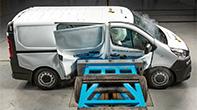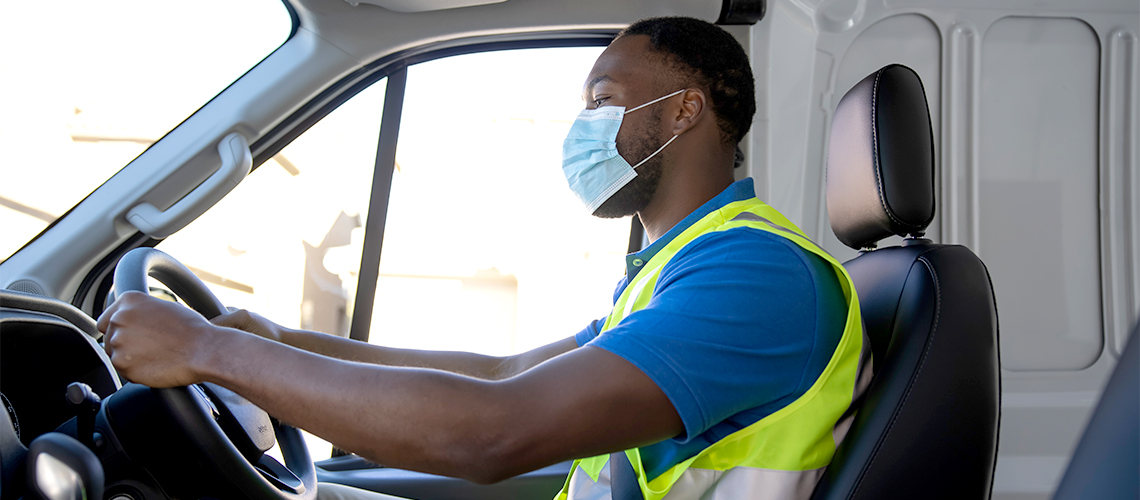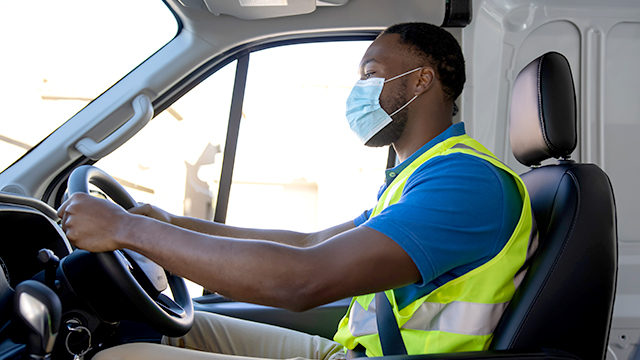With international borders reopening here in Australia, we’re looking at the next chapter of managing COVID. So, what does this mean for your business and drivers?
Here’s a look at how fleets kept COVID-safe over the last two years – and some tips to keep your business moving in the next phase.
First wave
When the first wave of COVID hit in 2020, employers scrambled to keep their team members safe. The biggest issues were workers travelling to a worksite in the same car, and vehicles that needed multiple drivers over a long trip. Businesses tackled this by disinfecting vehicles and limiting the number of people that could travel together.
An industry of specialised COVID vehicle cleaners sprung up to offer their services and the focus was on cleaning hard surfaces and high contact touchpoints.
But no one knew exactly how effective the cleaning was, so with the virus being contained to low numbers, many businesses resorted to DIY cleaning with disinfectant wipes and surface spray.
Limiting the number of people in a vehicle then created a greater demand for new and used vehicles. Large organisations with strong safety cultures couldn’t ignore the risks, so they had to increase their fleet sizes to maintain productivity.
Fleet Managers also had to ensure suppliers were adhering to strict COVID protocols when cars were being serviced. A burst COVID bubble in one part of the business could impact the whole organisation.
Extended lockdowns with Delta
In the second half of 2021, Sydney and Melbourne stopped driving altogether. Businesses had experienced a national lockdown before, but this one was longer and tougher. Working from home was now more accepted and non-essential travel was stopped in its tracks. Even the building industry was shut down for several weeks.
Fleet Managers had several new problems because the virus was now more infectious and airborne. Cleaning processes pivoted towards sprays that could get in and disinfect the air conditioning vents and cabin filters.
Accessing replacement or additional new vehicles became a big issue as the world experienced a micro-chip shortage. This problem would ultimately change the way manufacturers and dealerships do business with fleet buyers. New cars are now rare commodities that need to be ordered further in advance than ever before.
The delivery delays pushed out the replacement of older vehicles and the lockdowns reduced the distances being travelled, which forced companies to adjust their fleet budgets on the fly to accommodate constantly changing state-based regulations.
Most businesses missed out on the opportunity to save money on Fringe Benefits Tax (FBT) in the 2021/22 FBT year. If cars were parked at the office during the lockdowns, however, that meant they weren’t available for private use and would therefore have their FBT liability reduced, possibly savings the business thousands.
The next phase
Hopefully, with the hindsight of the past two years, you now have some ideas on how to handle the COVID risks in your fleet in 2022. In summary, here are some ways you can minimise disruptions going forward.
- Vehicle cleaning – If an infected employee has been in a vehicle, find a cleaner that includes the air conditioning system and hard services. Provide disinfectant kits (wipes and sprays) for each vehicle and regularly remind drivers to avoid becoming complacent.
- Maintenance suppliers – Check that suppliers are still maintaining COVID protocols with their staff when servicing your vehicles.
- Replacing vehicles – Plan eight months in advance if you intend to replace a vehicle. Hopefully, the delivery timelines will improve throughout 2022.
- Buying extra vehicles – Be flexible with the make, model and colour. Vehicles are in short supply, so you may have to accept that there’ll be a mix of vehicles in your fleet for the next few years.
- 2021/22 FBT – The FBT year ended on March 31 and returns aren’t due until May 21. This means you still have time to conduct an audit to identify any vehicles that were stored on company premises during the lockdown. For the 2022/23 year, it’s a good idea to start using logbooks to confirm the business use percentage because it may have changed over the last two years.
All in all, we now have a better idea of how best to manage fleets moving forward in light of the continuing pandemic. Staff safety is the most important thing, and if you use the above ideas as well as your own experiences, you can create the safest possible driving experience for your team members in the current business climate.






